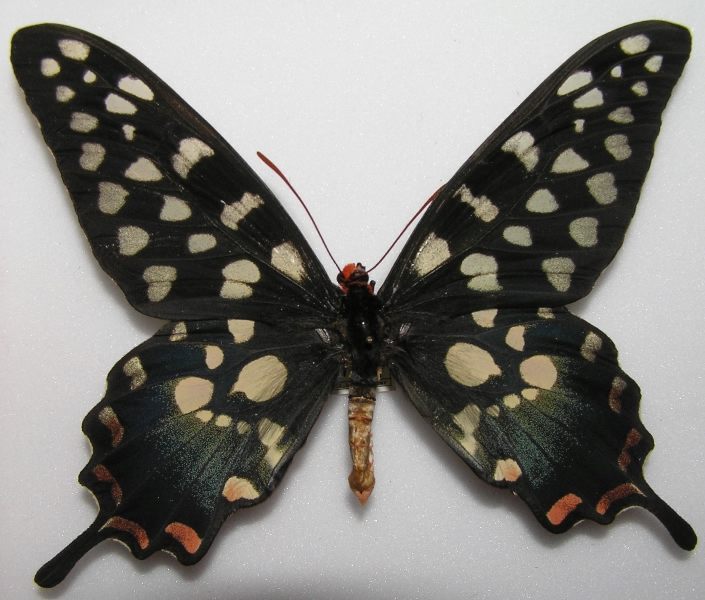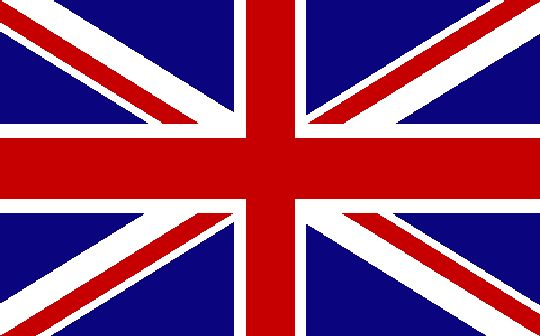Endemismus
© Clemens M. Brandstetter
Als endemisch ("einheimisch") werden Arten bezeichnet, die nur an bestimmten Stellen vorkommen, insbesondere etwa auf bestimmten Bergen oder Inseln. Rüsselkäfer der Gattung Otiorhynchus sind flugunfähig und bevölkern ganz Europa; im Süden gibt es oft die Endemiten-Bildung und auf Grund der Nichtvereisung während der Eiszeit (im Gegensatz zum Norden) auch eine riesige Artenvielfalt. Ein anderes Beispiel ist "mein" Schnegel; Limax brandstetteri. Er kommt nur auf den Bergen des Maiella-Gebirgsstocks vor und sonst nirgends auf der Welt.
Wie kam es nun dazu, dass sich Endemiten bilden konnten? Eine Einfache – erste – Erklärung lieferten Wallace und Darwin – sie meinten, dass sich Arten immer versuchen zu entwickeln (spezialisieren) und anzupassen, etwa das Aussehen (Anpassung an die Farbe des Untergrundes (Abb. 1)), oder Sexualverhalten (Ausbildung komplizierter Organe und Vorgänge, die die Weitergabe von "Leben" ermöglichen (Abb. 2) – z. B. bei Schnegeln), Nahrungsaufnahme (Anpassung einiger Käfer (Gattung Cychrus) zum Ausfressen von Gehäuseschnecken (Abb. 3)). Es geht also un isoliert ablaufende Evolution.
Solche Entwicklungen liefen weiter, gingen aber mitunter bei isolierten Arten andere Wege, wenn sich etwa Inseln von Kontinenten abspalteten oder Populationen durch die Vereisung oder Verinselung abgetrennt wurden.

Abb. 1: Limax maximus auf Ischia: Ideale Anpassung an das Vulkangestein der Insel.

Abb. 2: Das komplizierte Paarungsritual der Limax-Arten schliesst ähnliche Arten aus.
Abb. 3: Schaufelläufer haben im Laufe der Evolution einen langen Kopf entwickelt (© Foto: Fabrizio Galotta).
Typische Hotspots (Brennpunkte) für Endemismus sind die Inseln Madagaskar (Abb. 4), Galapagos, Sokrota oder in Europa Sizilien und Sardinien.

Abb. 4: Papilio antenor Drury 1775 kommt ausschliesslich auf Madagaskar vor.
 Endemic ("domestic") are species, when they only live in certain areas, especially – for example on certain mountains or islands. Snout beetles of the type Otiorhynchus cannot fly and populate whole Europe; South there is a often found endemite-forming because of lacking of ice during glacial period (in contrast to North) and a huge amount of different species. Another example is "my" slug; Limax brandstetteri. It is only found in the mountains of the Maiella-massif and nowhere else in the world.
Endemic ("domestic") are species, when they only live in certain areas, especially – for example on certain mountains or islands. Snout beetles of the type Otiorhynchus cannot fly and populate whole Europe; South there is a often found endemite-forming because of lacking of ice during glacial period (in contrast to North) and a huge amount of different species. Another example is "my" slug; Limax brandstetteri. It is only found in the mountains of the Maiella-massif and nowhere else in the world.
How come there was a forming of endemites? a simple – first – explanation is told by Wallace and Darwin – they supposed that species are always eager to develope (specialize) and assimilate – for example the appearance (assimilation to the colour of what is beneath – Pic. 1) or the sexual behaviour (forming complicated organs and processes, that make it possible to "give live" (Pic. 2) – e.g. slugs), the ingestion (assimilation of some beetles (type Cychrus) for eating out slug houses (Pic. 3)). So it takes isolated sequential evolution into account.
Such developments went on, however started to run in different directions for isolated species, when for island separated themselves from continents or populations were separated through glacier building.
Pic. 1: Limax maximus on Ischia: ideal assimilation to volcano rocks on the island.
Pic. 2: The complex sexual ritual of Limax-species lowers probability for similar species.
Pic. 3: Snail hunter have been developing a long head throughout much time.
Pic. 4: Papillo antenor Drury 1775 – its only habitat is on Madagascar.
